BIBLIOTHECA ORIENTALIS – TRANI
BIBLIOTHECA ORIENTALIS – TRANI
PHASES
1 – ROUTES HIERARCHIZATION
2- FABRIC FORMATION ON MATRIX ROUTES
3- FABRIC FORMATION ON BUILDING ROUTES
4- FABRIC FORMATION ON CONNECTION ROUTES
5- MULTIFAMILY HOUSE FORMATION PROCESS
6- SPECIALIZATION PROCESS
7- KNOTTING PROCESS
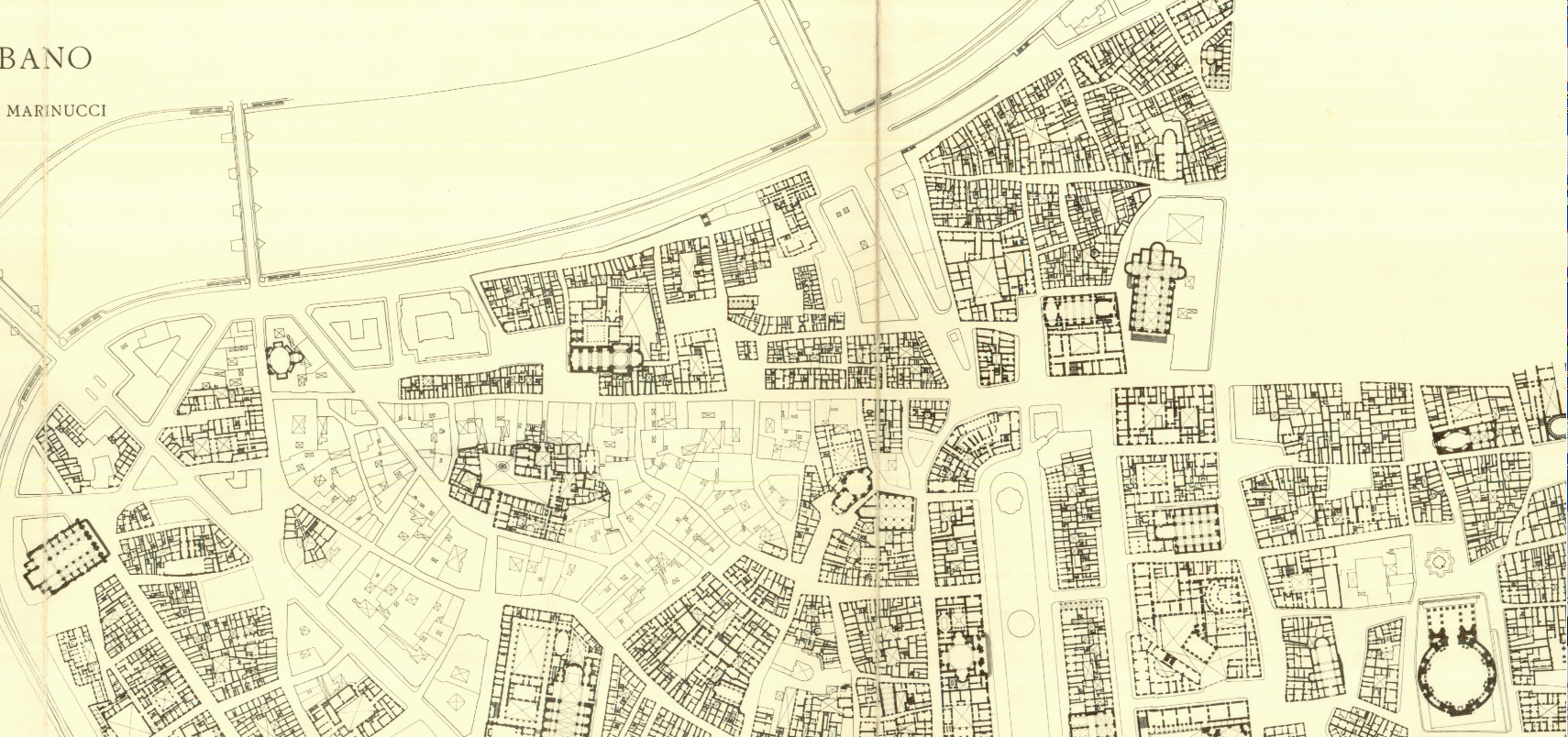
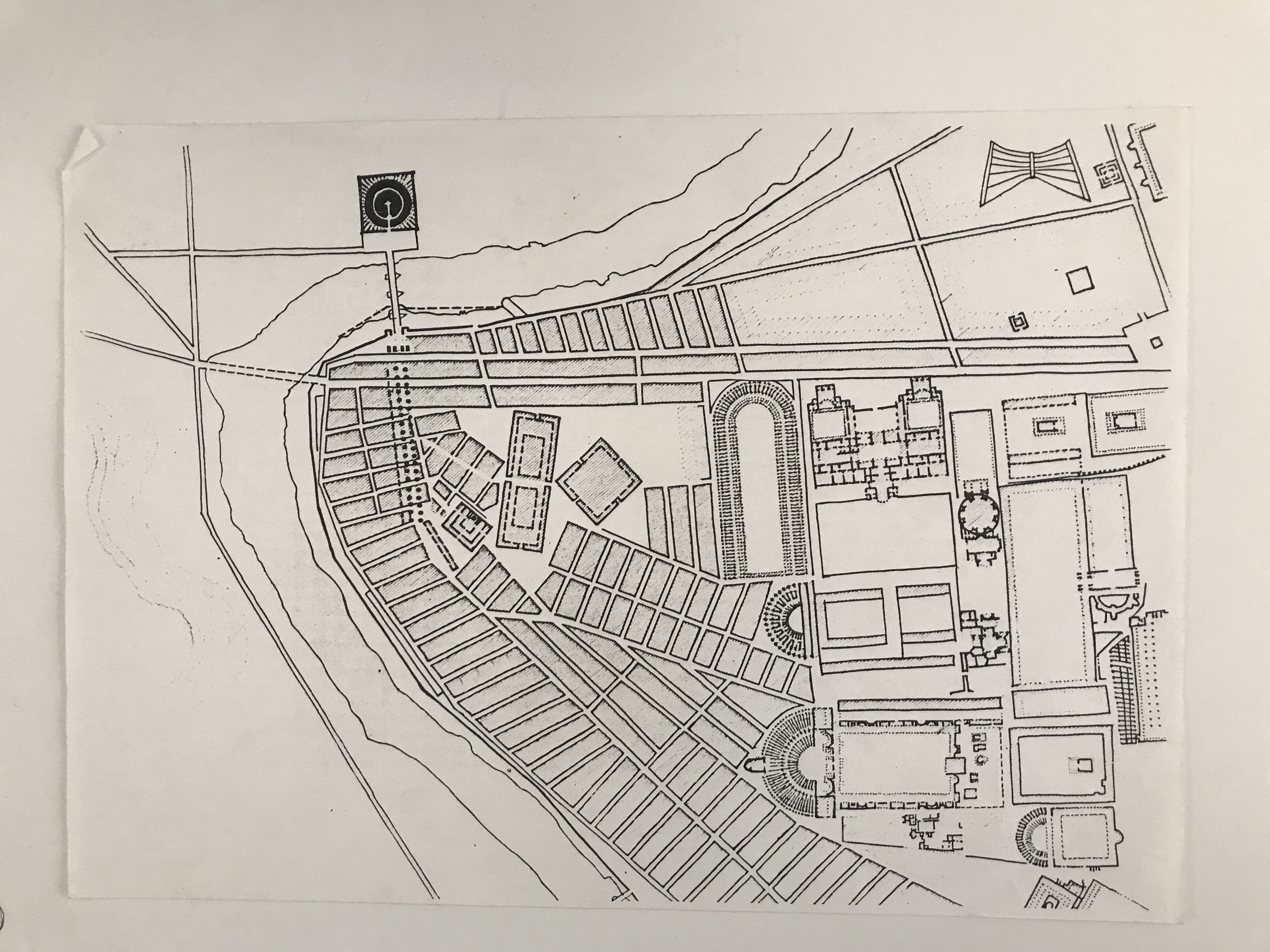
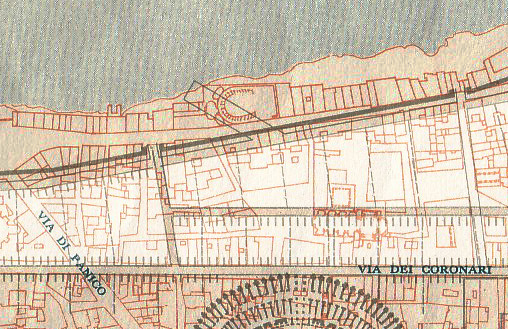
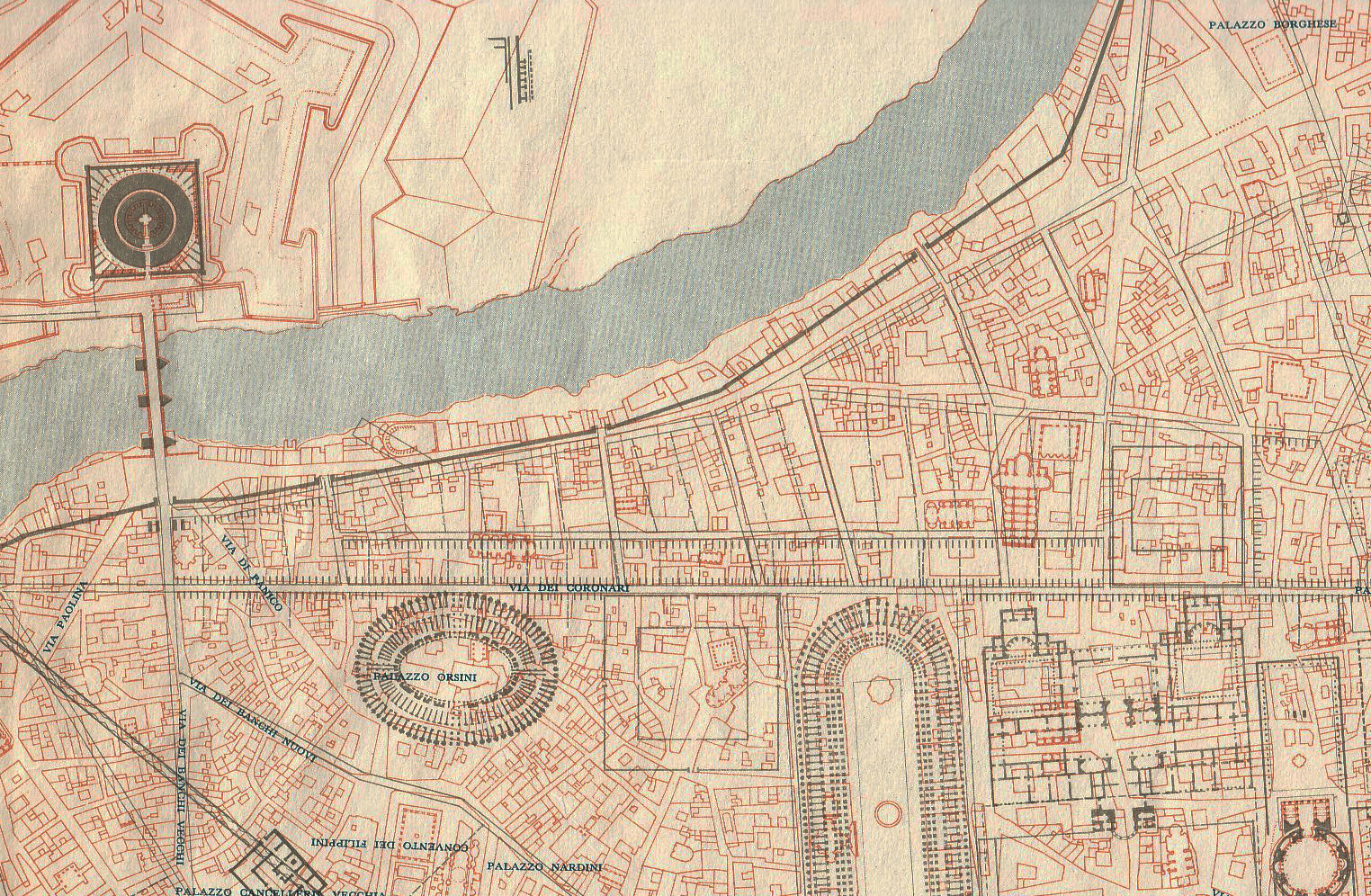
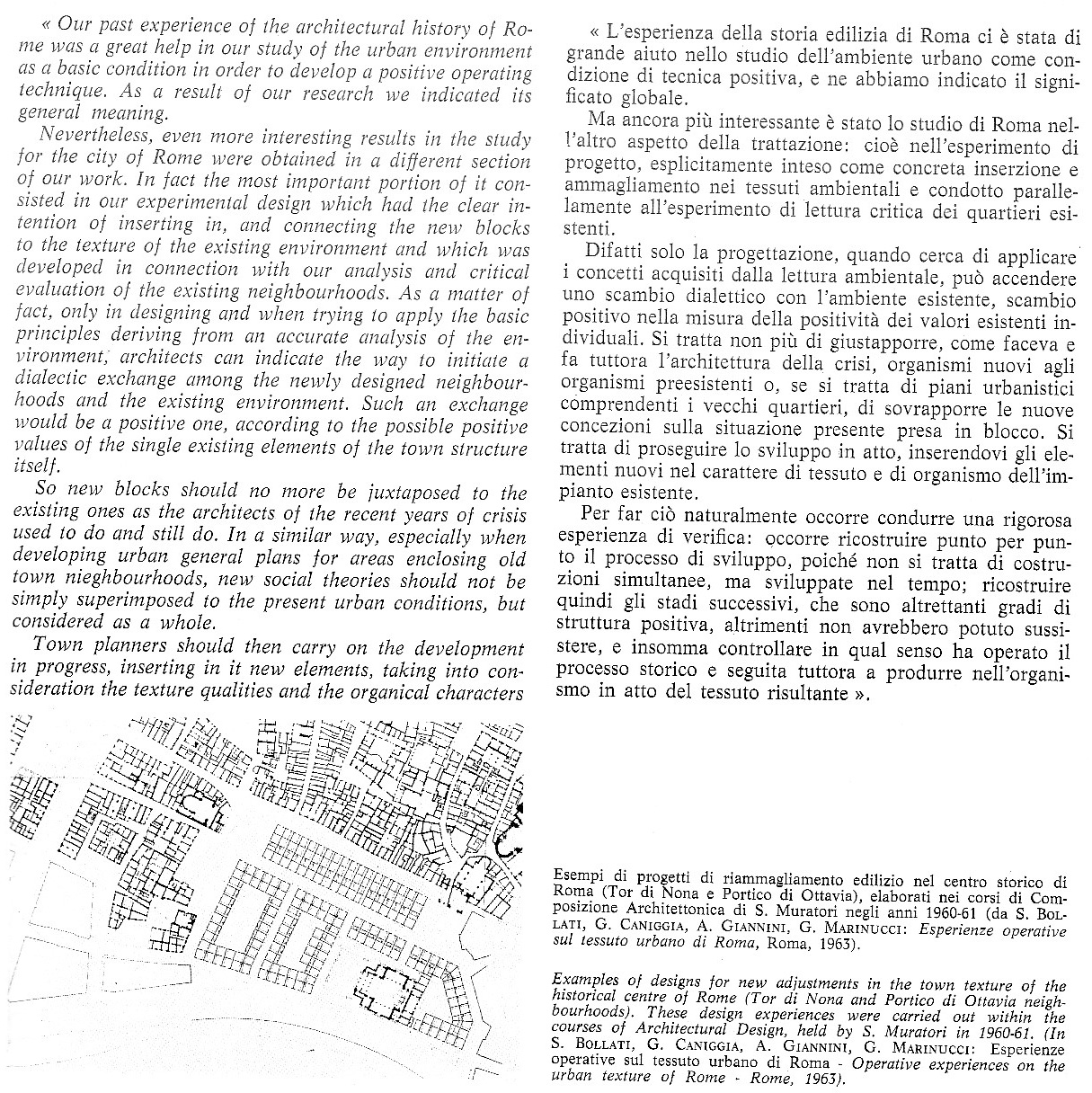
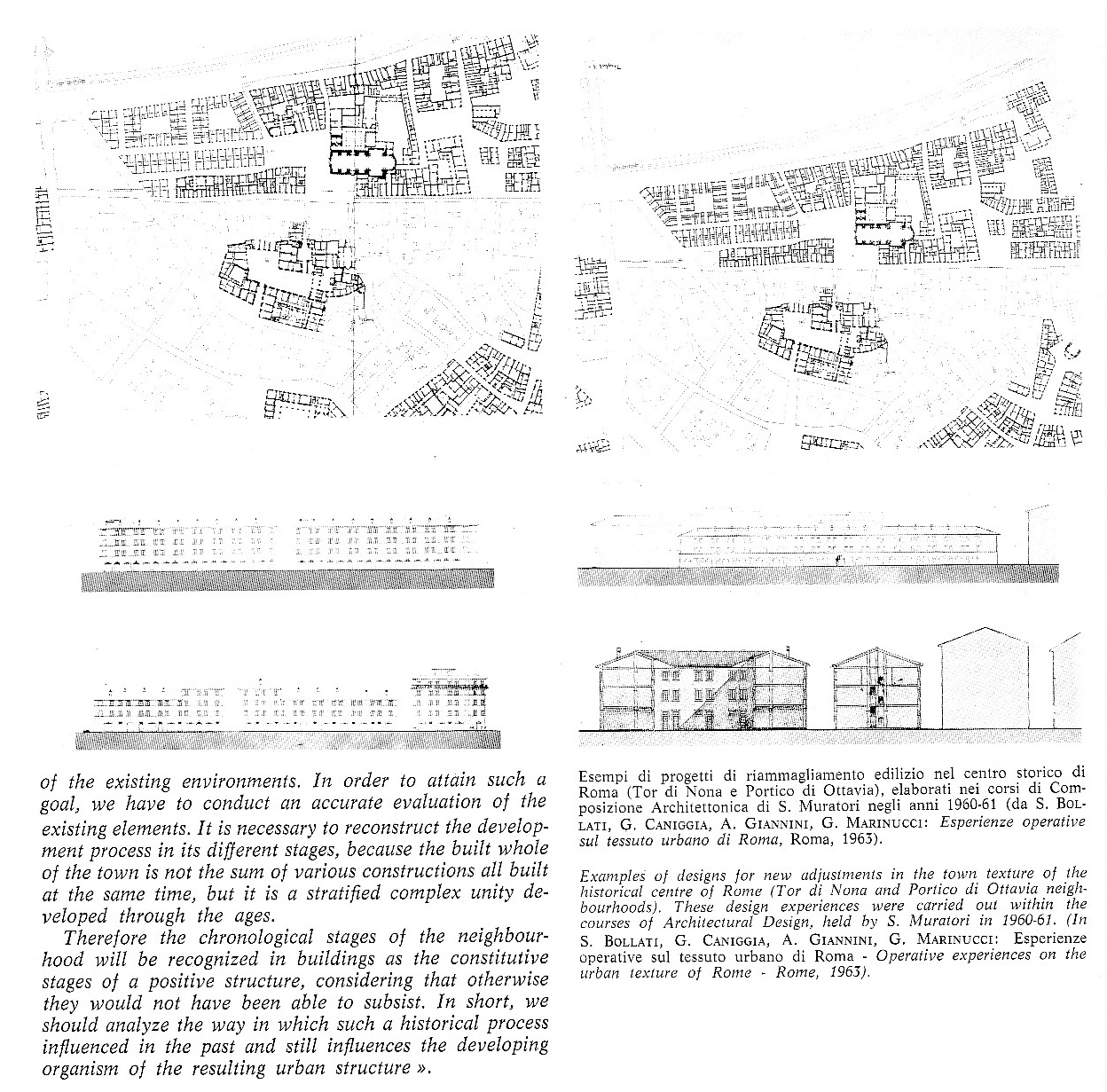
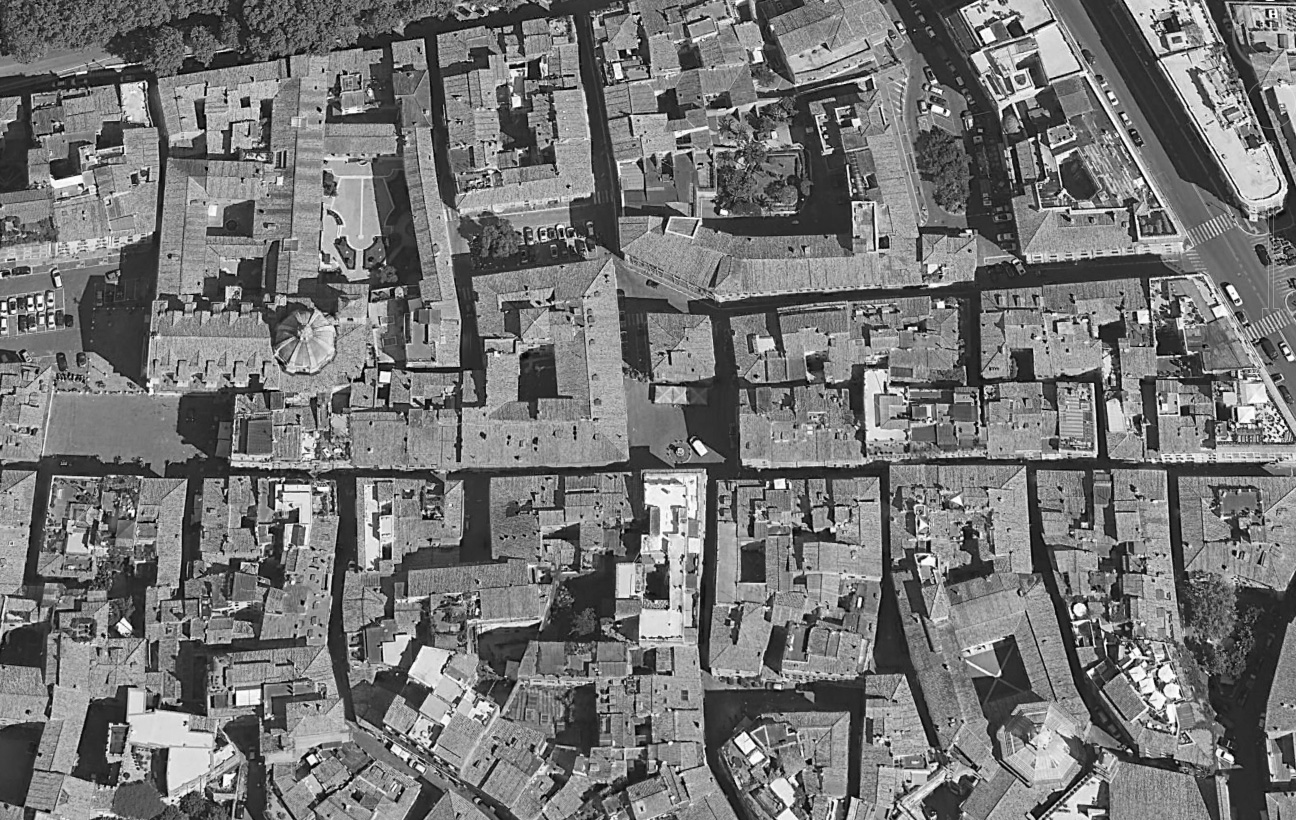
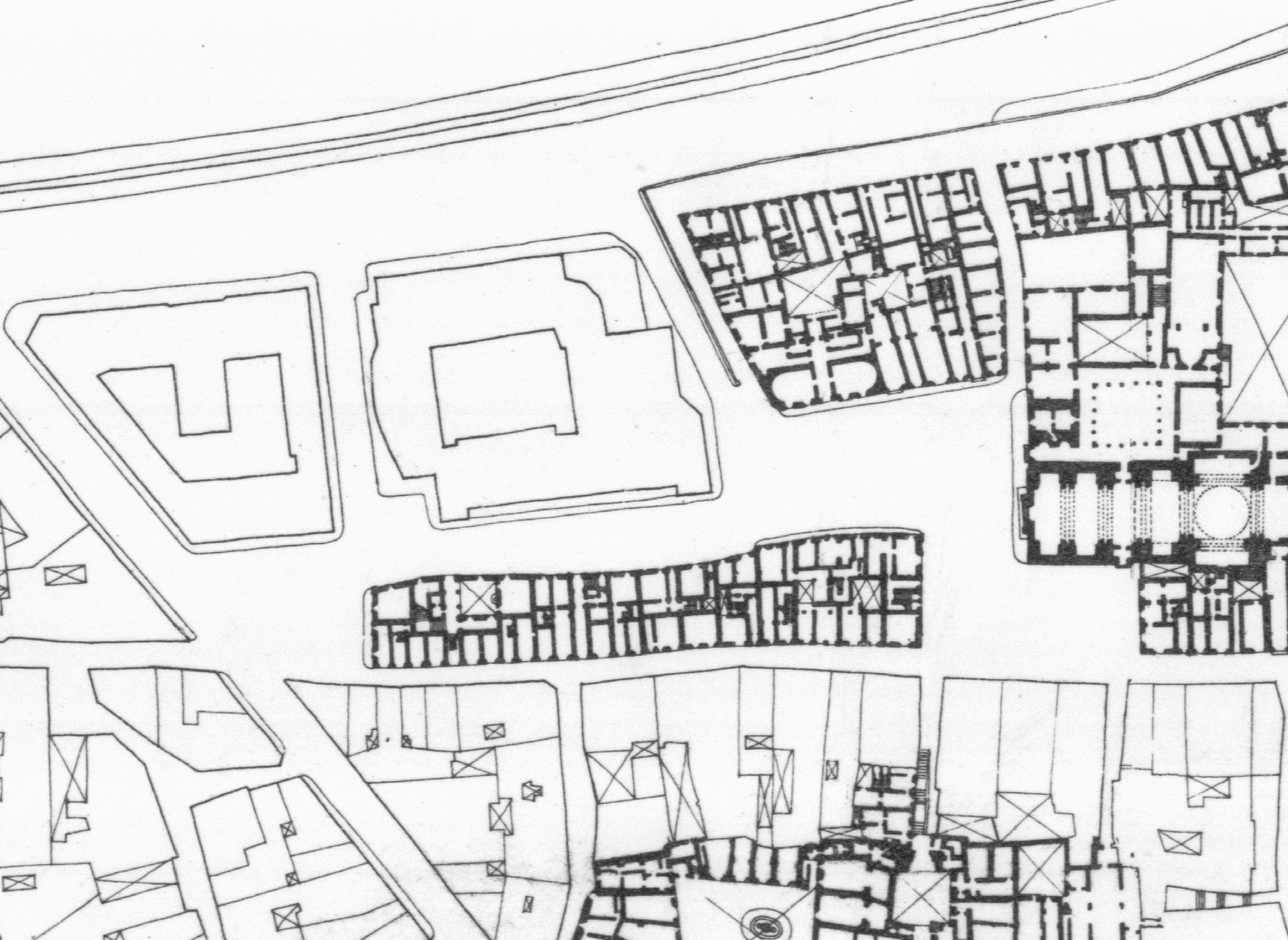
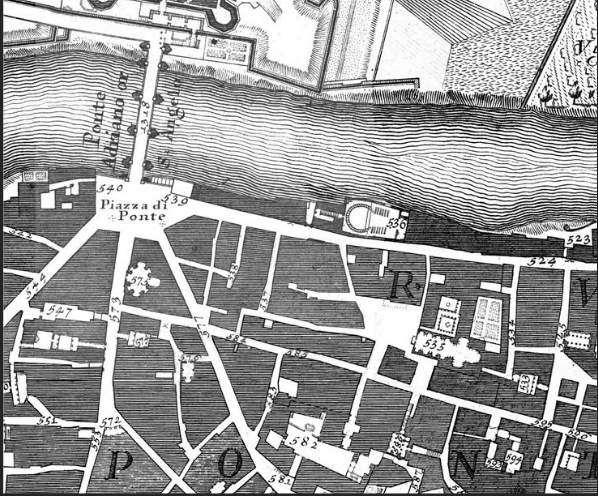
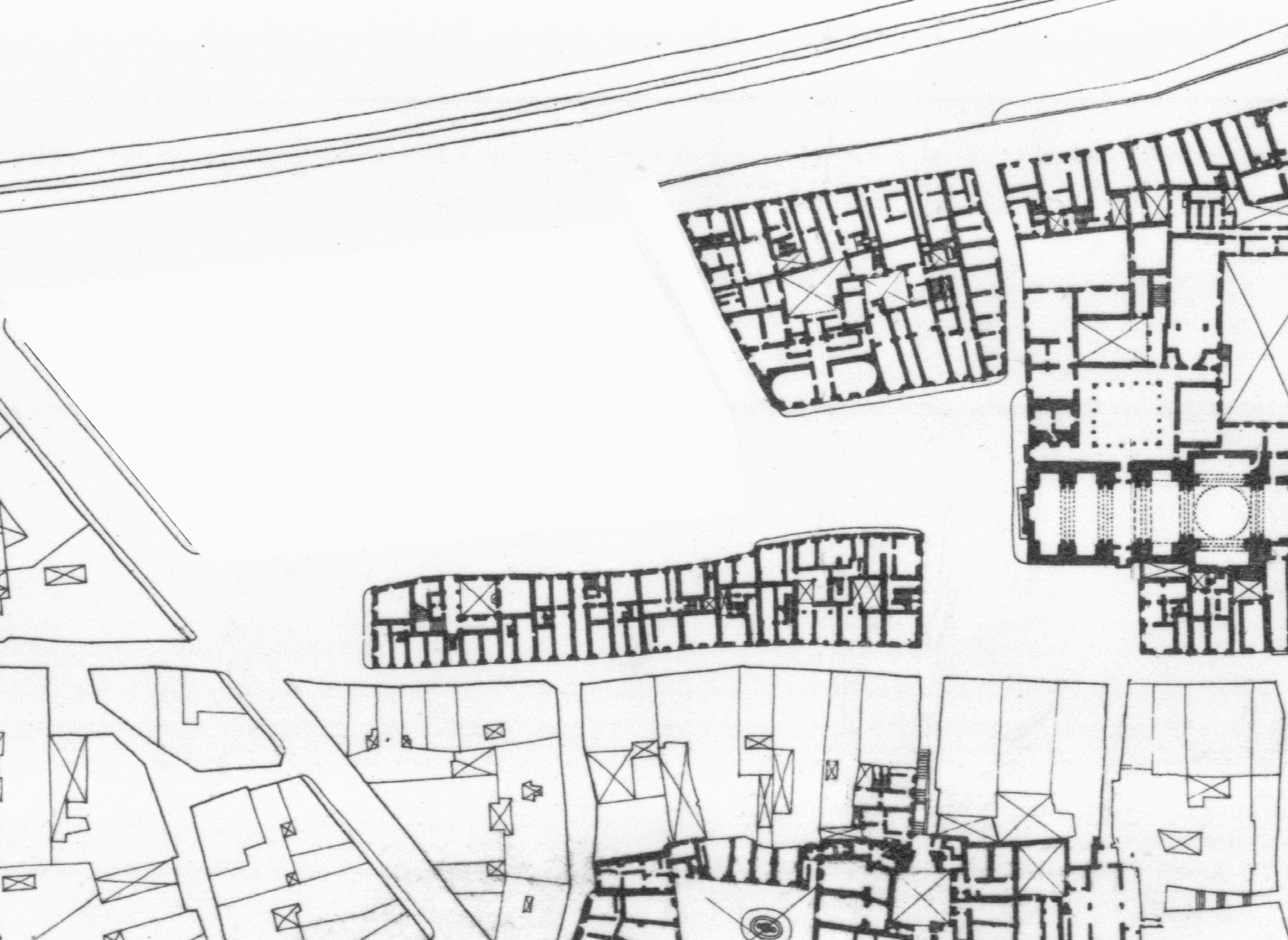
Giuseppe Strappa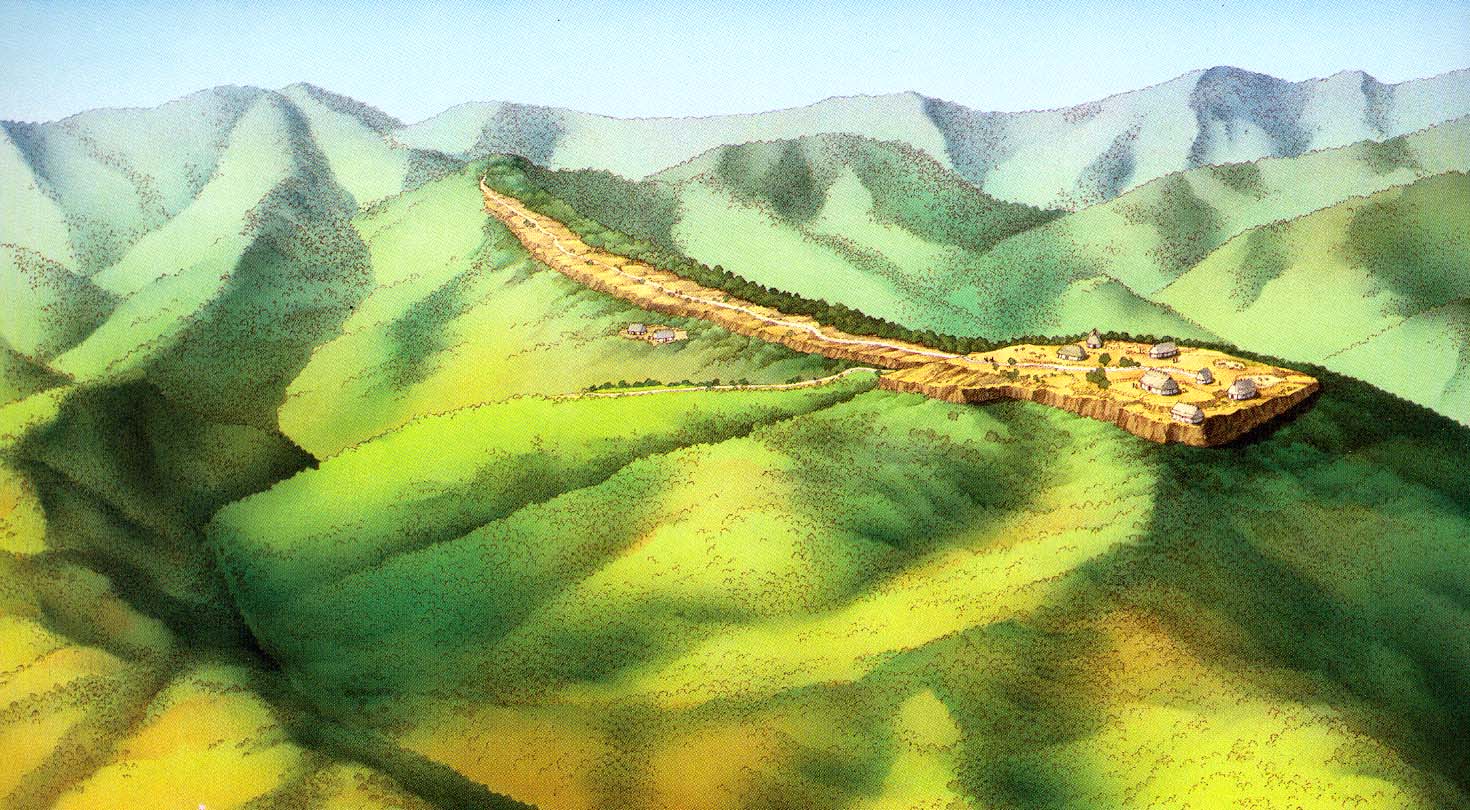
Territory is materia signata, a substance which man’s consciousness acknowledges as having an aptitude for transformation: architectural material in the most complete sense of the word.[1]
Therefore, use of the natural matter, of the soil bed in its different, complementary meanings related to vegetal or geological world, lies at the origin of the formation of the territory. So, its study is linked to the architectural interpretation of a process, to the problem of how matter becomes material before being transformed into a territorial element and how each element arising from this transformation contributes to the formation of a more general “territorial organism” comprising increasingly higher-level structures.
Land-scape means in English “modelling of the earth”, with an emphasis on the natural aspect of the cognitive environment the term is associated with. It is opposed to the italian term “paesaggio” (French paesage , Spanish paisaje) associated with the term “paese” and hence to the Latin pagus meaning village, acknowledging, in a concise manner, a relationship of solidarity between the land and human settlement.
Therefore, the landscape as a cultural expression is linked to the inhabited space, to the cooperation between natural and artificial resources, to the transformations that interpret the form of orographic peaks, valleys, plains and their ability to become a built environment. In short, it is the territory’s visible aspect, the concise expression of its structure. ………………………
click here to continue reading cap. 10 territorio per il corso
Translated from G.Strappa , Architettura come processo, Franco Angeli, Milano 2015
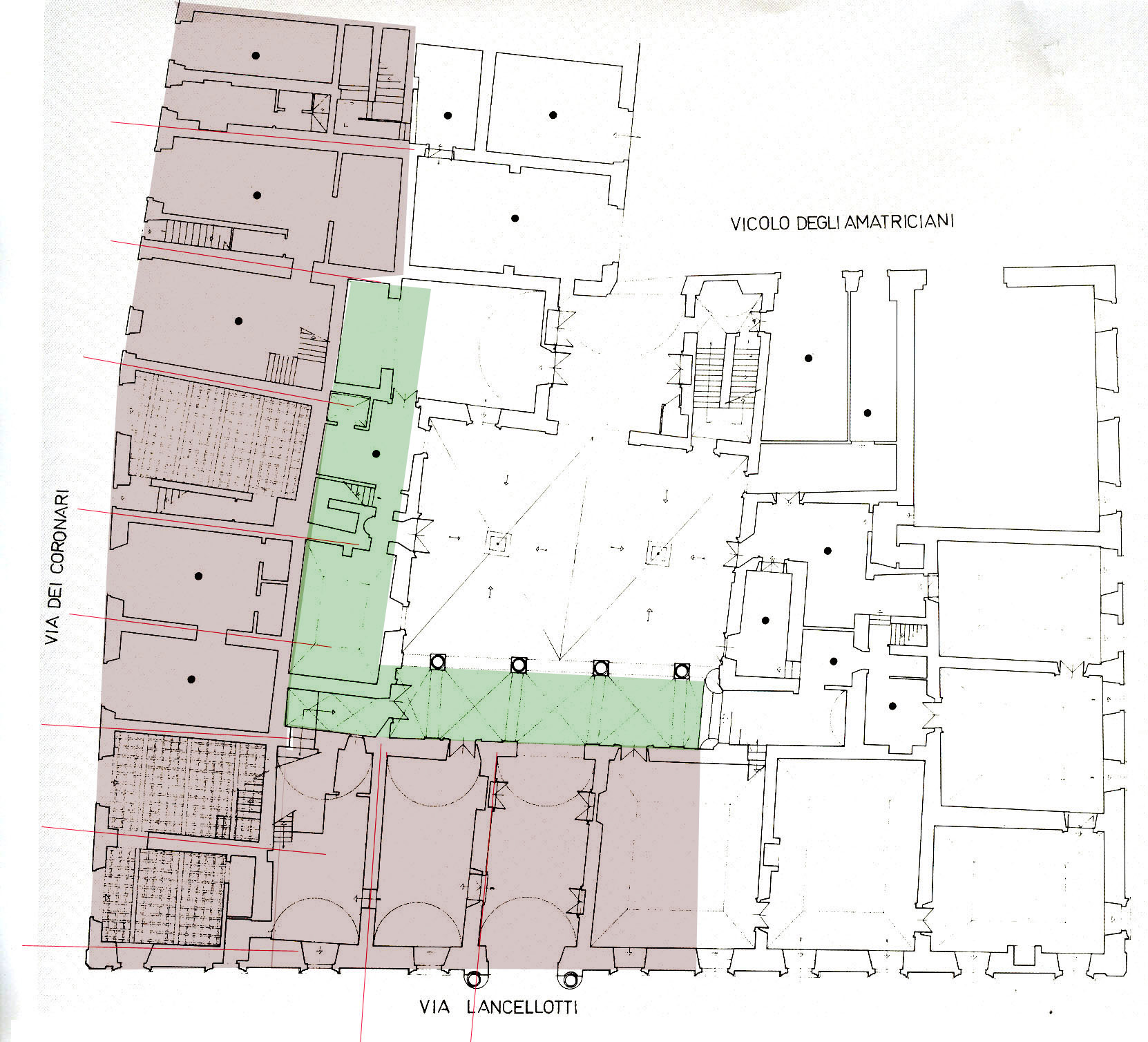
5a – The modern idea of a masonry language, both local and international, was born with the decline of the consolidated stereotype of a Mediterranean landscape that painters and poets had for a long time idealized in the transparent airiness of colonnades and trabeations used in basically trilithic structures, of wooden derivation.
This landscape, instead, reveals to the travelers, when the geographical and cultural barrier of Rome is overcome, its own nature of plastic, organically man-made territory. It consists of churches, monasteries, even ancient ruins, but above all of urban fabrics of great massive strength. A world of powerful walls and houses with small windows, organized in solid and continuous volumes.
The other side of classicism was also discovered: that of the large uninterrupted walls, where the openings are simple flat-arched holes that don’t interrupt their architectural continuity. Reality begins to shake off, in the European imagination, the aristocratic museum of literary representations which, on the basis of the classic tradition, had superimposed itself on the truth of the built landscape……..
click to continue reading 5. Chap. 5 Translation from -Architettura come processo-
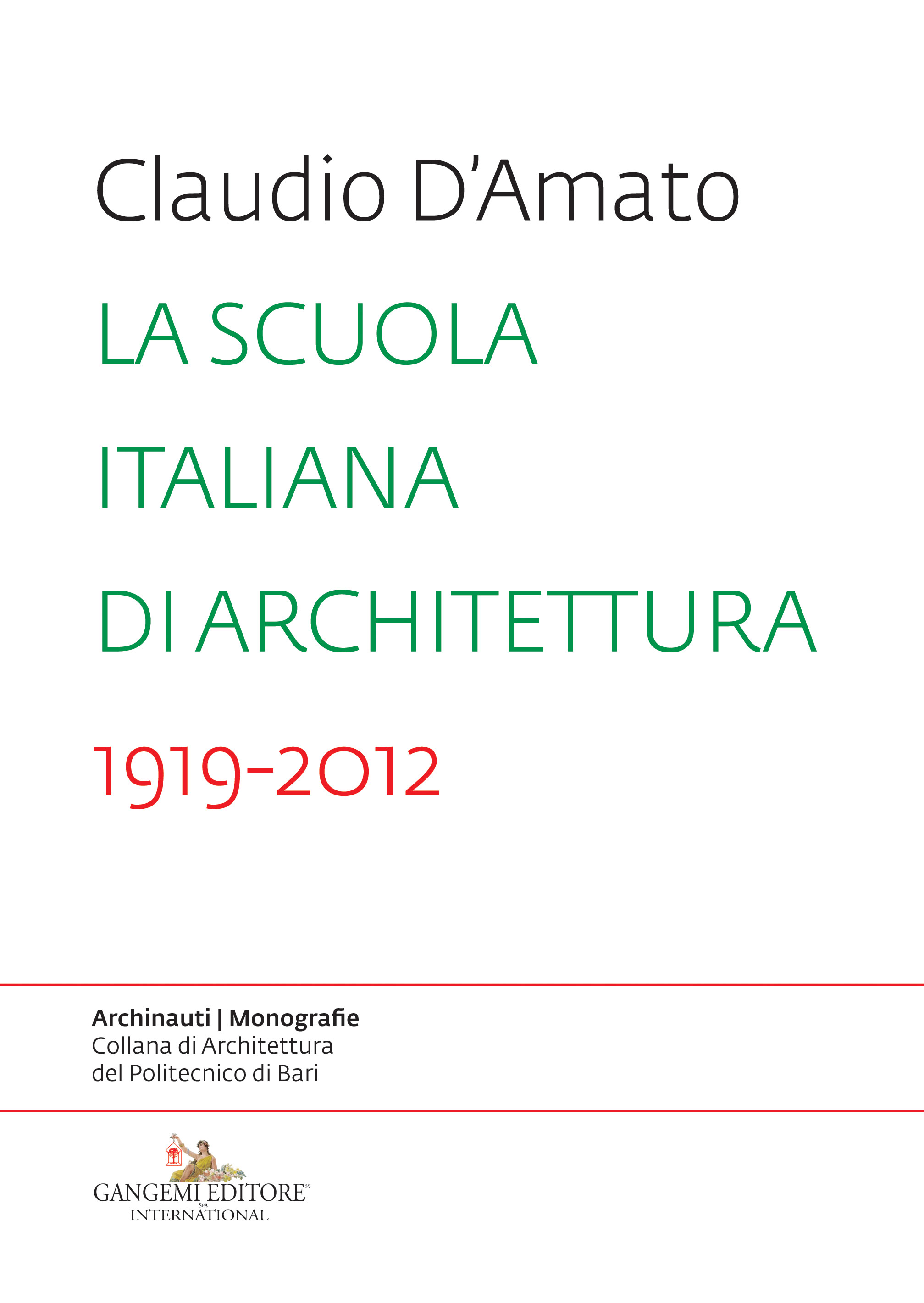
Ed. Gangemi – 2019 – Collana Archinauti del Politecnico di Bari diretta da Claudio D’Amato
Il libro racconta nella sua prima parte, in forma schematica le vicende, dalla loro nascita alla loro fine, delle Scuole/Facoltà italiane di architettura, assumendo come date convenzionali d’inizio il 1919, anno di attivazione della Scuola Superiore di Roma; e di fine il 2012, anno in cui le Facoltà furono soppresse e sostituite in tutte le loro funzioni (didattiche e di programmazione della docenza) dai Dipartimenti, in discendenza dalla legge 30.12.240 del 2010, c.d. Gelmini. Queste vicende sono collocate in un quadro temporale scandito dai relativi provvedimenti legislativi e articolato in due grandi periodi, corrispondenti ai capitoli 1 e 2:
– il primo è quello delle Scuole, caratterizzato da un modello di insegnamento c.d. “organico”, perché la loro architettura didattica fu pensata come un ben strutturato edificio di cinque piani attraversato verticalmente dalle materie della Composizione architettonica che ne costituivano la struttura portante, destinata all’esercizio del progetto professionale. In realtà le Scuole di Architettura furono soppresse nel 1935, e sostituite dalle Facoltà, ma il loro ordinamento didattico rimase immutato fino al 1969, anno in cui furono approvati i c.d. “provvedimenti urgenti” per l’Università (legge Codignola);
– il secondo è quello delle Facoltà, caratterizzato da un modello di insegnamento c.d. “seriale”, perché la loro architettura didattica fu pensata come un insieme di insegnamenti organizzati in “piani di studio” paralleli, privi di una sostanziale gerarchia disciplinare.
Il capitolo 3 descrive in maniera analitica la nascita e la formazione delle Scuole/Facoltà, assumendo come filo conduttore il succedersi dei Presidi, dei quali è raccontato in forma sintetica il ruolo svolto nella definizione del carattere delle Scuole/Facoltà.
Le sequenze cronologiche dei Presidi di tutte le sedi, qui organizzate per la prima volta in maniera integrale, ha consentito di costruire una mappa dello sviluppo storico delle sedi stesse, distinguendole in: “storiche” (fino al 1944), “nate negli anni ‘60”, e “nate dopo la legge sull’autonomia universitaria del 1989”. Di ogni Scuola/Facoltà è stata poi fornita solo la sequenza dei docenti delle materie compositive: una scelta selettiva non solo pratica, che ribadisce la tesi di fondo del volume che nella Composizione architettonica vede la disciplina centrale intorno a cui riorganizzare oggi la rinascita delle Scuole di Architettura italiane. Da notarsi il ruolo “mobile” di molti docenti che compaiono in più sedi a seconda dei loro avanzamenti di carriera. Un dato, questo della mobilità, che ha costituito una ricchezza della Scuola italiana di architettura che è riuscita in questo modo a rinnovarsi di idee e di energie fino alla metà degli anni ’90. Di questi eccellenti Architetti, ai quali è dedicato il libro, sono poi stati individuati gli Accademici di San Luca: ne è emerso un quadro nazionale che forse è proprio quello che dà credibilità a una “scuola italiana di architettura”, al di là delle profonde, a volte inconciliabili diversità delle singole personalità. Infine questi Eccellenti Architetti sono stati poi raggruppati per “stili di insegnamento”, nei due grandi periodi delle Scuole e delle Facoltà.
Infine il capitolo 4 analizza la crisi che oggi attanaglia le Facoltà, governate da una corporazione di docenti espertissimi nell’assicurarsi il prolungamento della loro progenie disciplinare, ma ormai del tutto incapaci di esercitare il mestiere di architetto. È analizzato il conflittuale rapporto fra dipartimenti e ordini professionali: da una parte le astuzie per praticare la professione a spese dello stato; dall’altra il tentativo di smantellare strutture, incapaci di aggiornarsi, con il facile elargimento di crediti extracurriculari. È individuata come causa centrale della crisi il monopolio statale nel campo dell’insegnamento e la necessità di offrire una alternativa non statale all’insegnamento: una scuola pubblica non statale, i cui ordinamenti didattici siano riconosciuti direttamente dall’Unione Europea.
APPENDICE ALLA PRIMA PARTE
Per la prima volta è ristampato in edizione critica il testo del 1925 di G. Giovannoni Discussioni didattiche, fondamentale per la comprensione di tutta l’elaborazione successiva, fino ai nostri giorni, sui modelli didattici.
SECONDA PARTE
È dedicata all’illustrazione dettagliata del modello didattico da me applicato alla Facoltà di Architettura di Bari, come preside e come direttore del corso di laurea nei ventidue anni consecutivi della mia gestione: di esso ne sono spiegati gli aspetti originali, i limiti e le cause della decadenza.
Ho fatto ciò attraverso testi brevi per necessità di sintesi e chiarezza; e allo stesso tempo attraverso un’esaustiva e completa mole di apparati redazionali che rendono conto del lavoro didattico e di ricerca svolto da tutti i protagonisti –professori e allievi– che quel lavoro hanno svolto nel corso degli anni.
CLAUDIO D’AMATO GUERRIERI
Bari, 22 dicembre 1944
Professore emerito nel Politecnico di Bari
Accademico Nazionale di San Luca